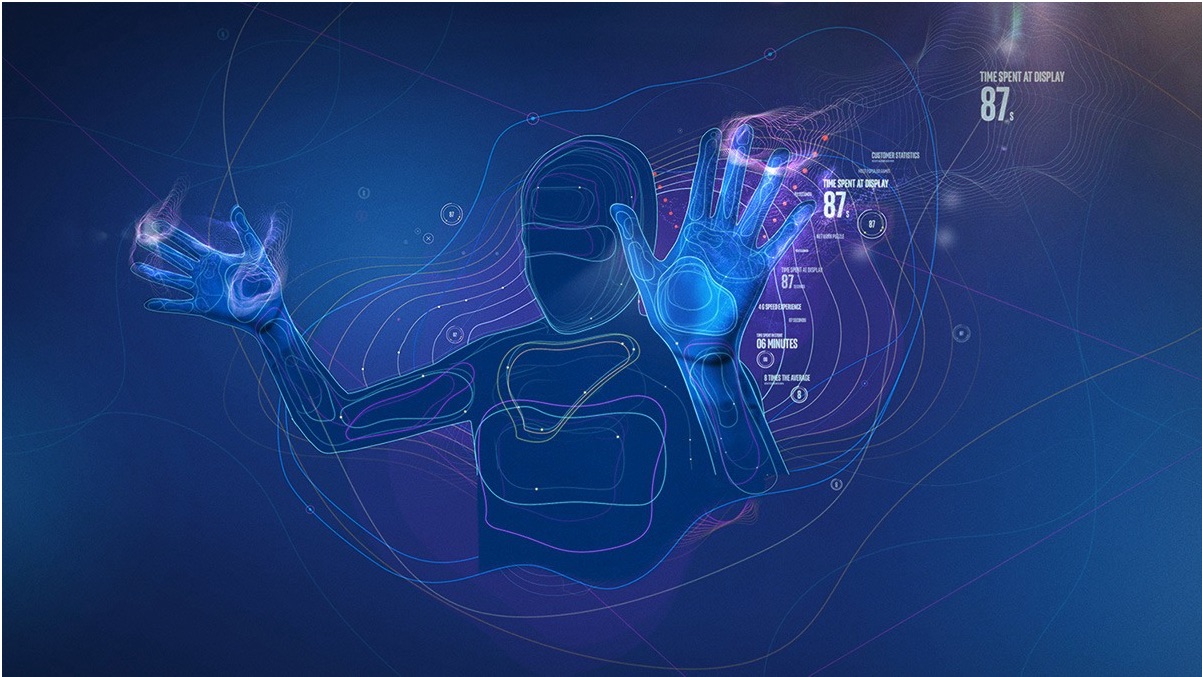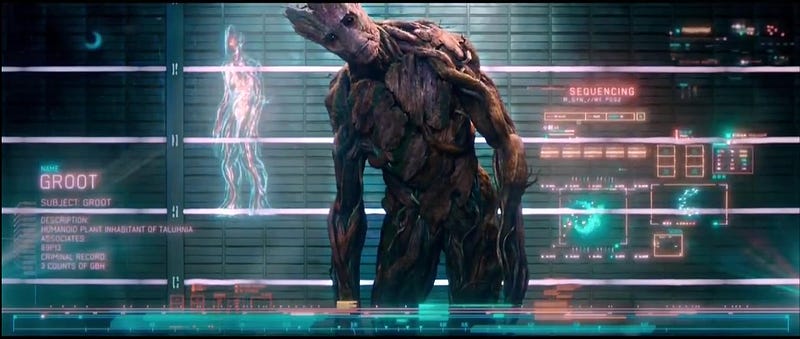Marti Romances, creative director of Territory Studio San Francisco, talks about the exciting and challenging relationship between futuristic UI and near future technology.
From Star Trek’s far reaching inspiration on everything from mobile phone clamshell design, to computer tablets and clinical ‘tricorders’ and Minority Report’s gesture based interface design, there is a clear connection between vision, inspiration, innovation, and even, according to interaction designer Christopher Noessel, blogger at scifiinterfaces.com and author of ‘Make It So: Interaction Design Lessons From Science Fiction’, consumer expectation.
Having observed the connection between science fiction and interface design, Noessel argues that designers can draw inspiration from the techniques used in science fiction interactions and visual interfaces as a way to craft unique points of difference for clients and users.
Continuing our conversation with Marti Romances, Creative Director at Territory’s San Francisco’s studio we ask about this relationship — one that he explored as part of San Francisco Design Week earlier this year.
Q. So how can futuristic interfaces inform real world technology, when science fiction and fantasy interfaces often don’t feel grounded in real world behaviours?
A. Some might think that user interface design for film or games is ‘blue sky’, easy to design because it’s not grounded in real world constraints. And, yes, it’s right that fantasy or sci-fi briefs need an open approach that relies on NOT being constrained by real world conventions, rules and expectations. But in practice, to achieve a sense of credibility, the UI briefs often demand a lot of research and a rigorous approach to development.
As an example, our UI design for Avengers: Age of Ultron, included research into state of the art aviation technology, clinical reconstruction technology, and a deep dive into how to authentically represent engineering, cellular biology, and different types of body scanning. The Martian also required a huge amount of research and development in collaboration with NASA. As ‘near future’ applications this research informed our work, so that the UI we designed felt authentic and credible, even if they included futuristic elements.
Q. You differentiate between near future and fantasy interface design; can you explain more about the difference between them?
A. Sure, when we talk about ‘near future’ technology, we mean technology that is say 5–15 years away, so it’s close enough to be grounded in current technology and associated interactions, even if we evolve the interface design and experience to push the limits of expectation. So, in Avengers, we created a GUI representation of 3D printing skin for Ultron. Now that technology was not available at the time we researched it, so we extrapolated from existing applications, combining advances in clinical reconstructive technology with additive 3D printing technology, and come up with something we felt worked with the narrative, plot point and felt pushed beyond real world tech enough to feel like something the Avengers would have access to.
Fantasy science fiction design is much freer, in terms of how we can approach the ideation. From our own experience of creating highly bespoke design for Prometheus, Guardians of the Galaxy, Jupiter Ascending, etc. our approach is to look at the human elements within the plot points — what needs to be felt, or experienced? What emotions do we want to tap into? How can we make technology more in tune with human intuition? We ask those questions, and then begin the research and development process.
Q. So how can you transpose this process to emerging technology?
A. It’s about approach. Radical innovation, such as we often see with emerging technology, cannot happen when you’re tied to the rules and conventions that belongs to old ways of doing things. Similarly, when we think of design for science fiction, we have to step outside of the box, and not be afraid of trying things no one else is or has.
This is where our love of developing UI for aliens comes into the picture — they present us with such fantastic opportunities to imagine alternative ways, often more intuitive ways, to communicate, interact and engage with others using technology.
Disruption will only come when you get out from your comfort zone, and the same with designing UI. As new technology emerges, we need to create new interfaces, new interaction behaviours that evolve the whole experience.
Q. Do you find that users are ahead of the curve in terms of expectations , influenced by stuff they’ve seen in films and want that experience now?
A. Yes, absolutely. We sometimes get calls from people who have seen something from one of the films that we have worked on, like Ex_Machina, and asked for something very specific that’s not actually possible just now. That knowledge about what’s possible is something that both brands and users can struggle with. Other times, brands don’t go far enough, aren’t quite visionary enough with their interface design to do the innovation justice, and that can let both the product and user down.
Look at VR for example, and the kind of interaction design that’s emerging around the technology. Some of the UI is still referencing interaction conventions, using what people regard as ‘normal’ to help frame such a different experience. But there is a lot of debate around what interfaces and interactions work most intuitively for that medium, and we think that there’s still a way to go.
Q. So, what’s the future for interface design and technology?
A. At Territory, we believe that as technology and devices connect and truly converge, to become integrated into our homes, our clothes, our equipment, accessories and ourselves, the relationship that we have with them will not be dictated by utility, but about how well they fit into our lives. And that’s where we feel that design for film, games, apps and device technology really begin to merge.
If you want to know more about Territory’s UI for in Avengers: Age of Ultron, read Gizmodo’s article: Meet The Crack Team That Designed The Technology In Age of Ultron


